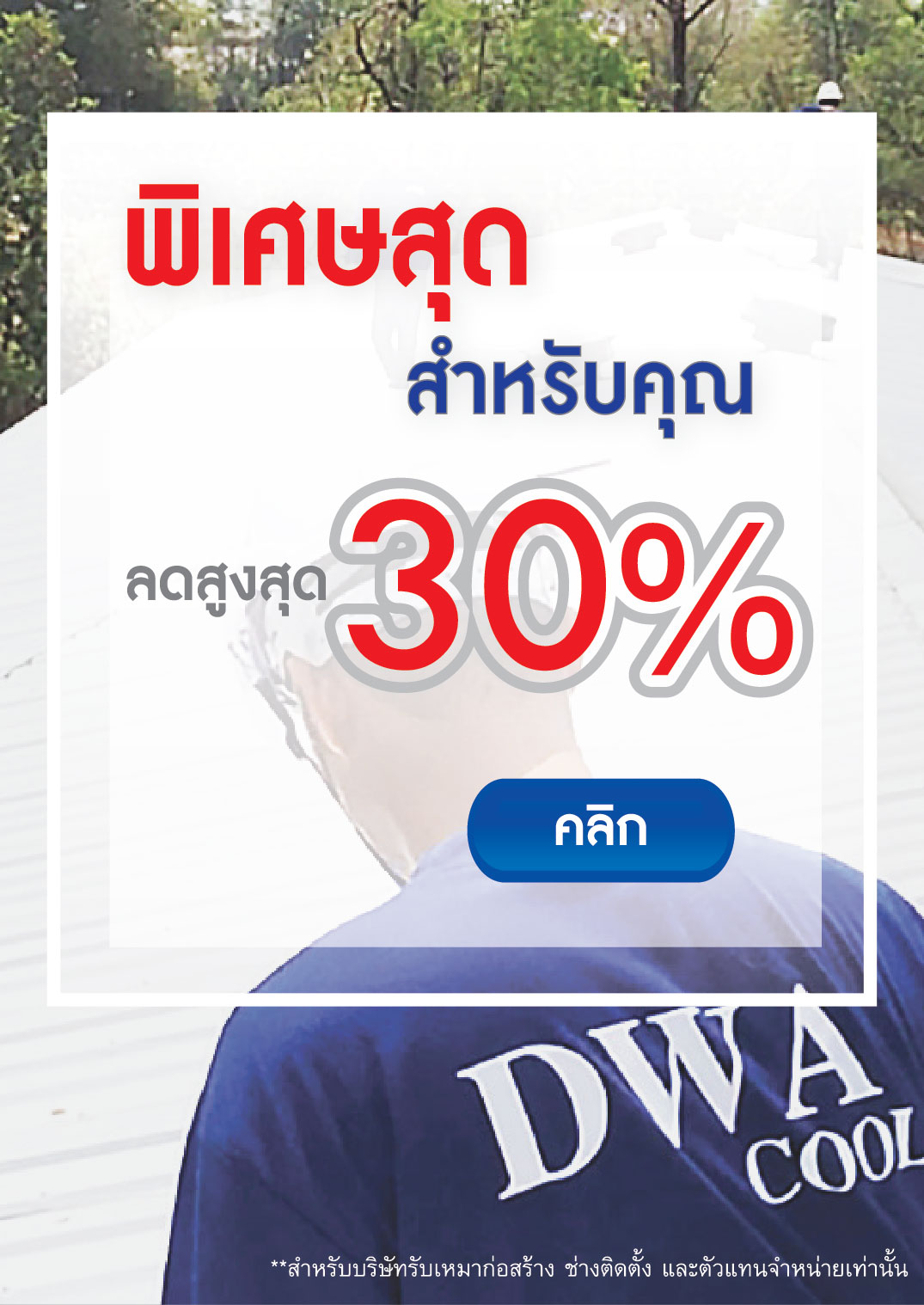What does the air purifier filter do?
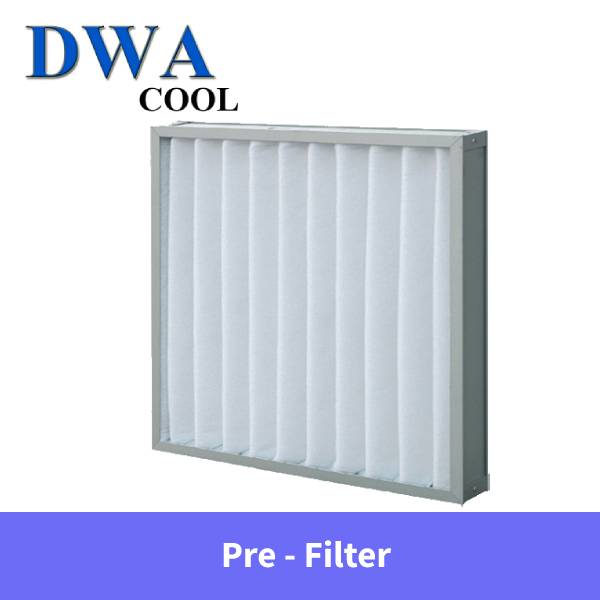
Pre-Filters
The pre-filter is an economical way to save time and money when replacing household air filters because it is the first filter that air has to pass into the air purifier. And it is necessary because it prevents large particles such as hair from reaching the main filter. Those increase the efficiency and life of other filters and internal components. Ensures that the air filtration system is in optimal condition. They can usually be washed, vacuumed, or replaced.

HEPA Filters
HEPA is an abbreviation for High-Efficiency Particulate Arrestance. Because minuscule particles such as pollen, mold, or dust floating in the air will be trapped by these filters, the HEPA Filter is a favorite of people with allergies or asthma. These filters are made of multi-layer filtration material. Large particles will not be able to pass through the filter and will be caught immediately with materials made from advanced fiber technology. This ensures that the dust is wee, including other impurities that can’t pass. The law requires filters to contain at least 99.97% of particles with a diameter greater than 3 microns. When The air flows through the filter, the air will be cleaner. While the HEPA filter is totally full. Air can no longer pass through. The filter must be replaced. However, a HEPA filter usually lasts 2 to 4 years.
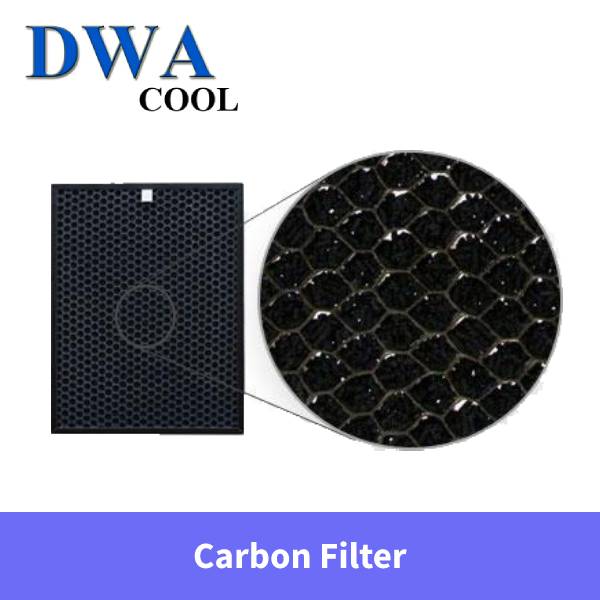
Carbon filters
Carbon can be found in pencils. It’s also an excellent filter material. It seems to have a large surface area to many holes due to the porous nature of the carbon grain. During the filtration process, grain or carbon can take impurities straight from the air. As a result, it is appropriate for filtering smoke, disagreeable aromas, or numerous harmful substances that the HEPA filter cannot. Carbon may also be handled chemically in a variety of ways. These will enhance the effectiveness of this form of filtration.
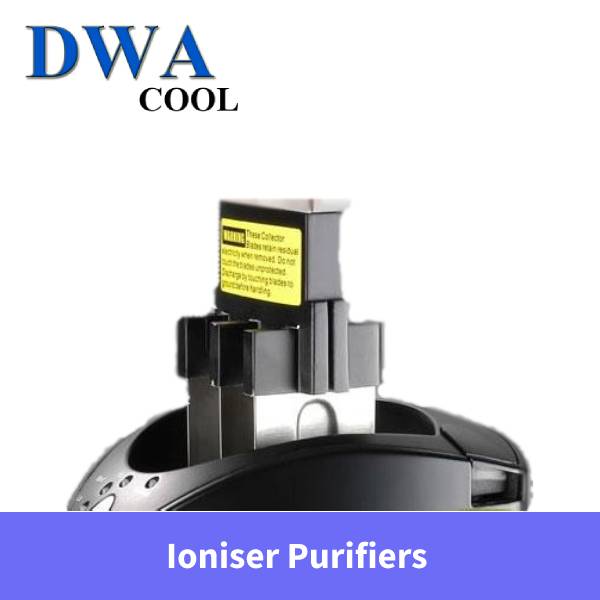
Ioniser Purifiers / Negative Ionisers
Ionizers Purifiers are not filters, but Nowadays, it is dominant in air purifiers. Negative ionizers use a charged electrical surface or needle to ionize air molecules. These ions bind to air pollution and are magnetically attracted to the sheet surface. And can be cleaned later by wiping it off. Those are some of the most advanced and efficient air purification systems on the market. And best of all, it’s maintenance-free.
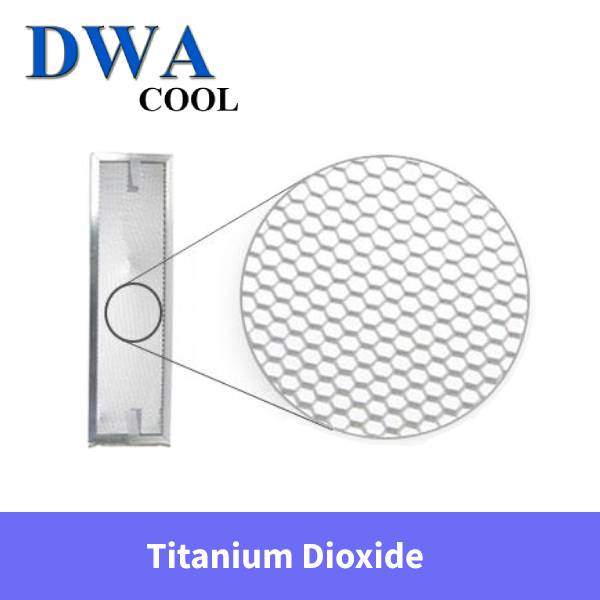
Titanium Dioxide (TiO2)
Most air purification systems use adsorption technology to eliminate particulate matter and residual pollutants from the air. Titanium dioxide filters use completely different technology. chemical conversion, when combined with calcium carbonate Titanium dioxide, neutralizes gas molecules. It is an environmentally friendly degradation process known as photo-catalysis. TiO2 filters are used in many hospital-grade filtration systems, such as the Field Control TRIO unit filtration system. This filtration technology is suitable for germs, smoke, and unpleasant odors.
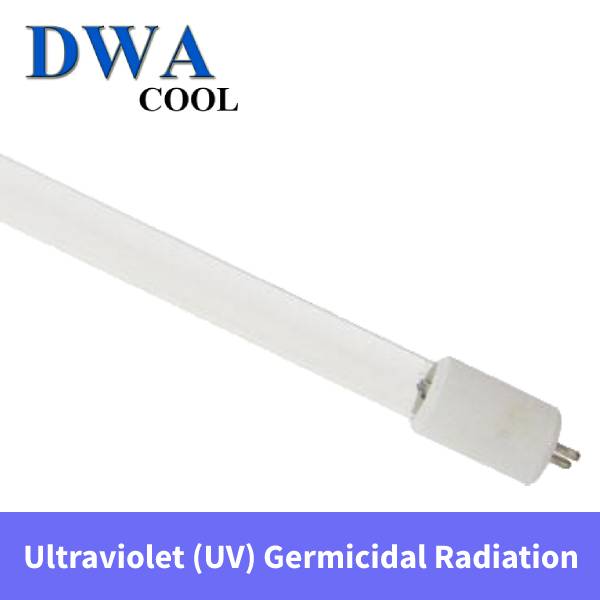
Ultraviolet (UV) Germicidal Radiation
UVGI germs are used to kill germs that are passed through UV lamps, the air, then exhaust fans at full speed, eliminating biological particles or organisms. (alive or dead) is a very effective system of preventing the development of other biologically harmful fungi. The device must be placed near the filter. That allows the filter to absorb air particles degraded by UV light.
- By: DWA COOL
- Tags: Purify Ventilator, Fresh Air Ventilation, Pre-Filters, HEPA-Filters, Carbon-Filter, Ioniser-Purifiers, Titanium-Dioxide
- 0 comment
Leave a Reply




